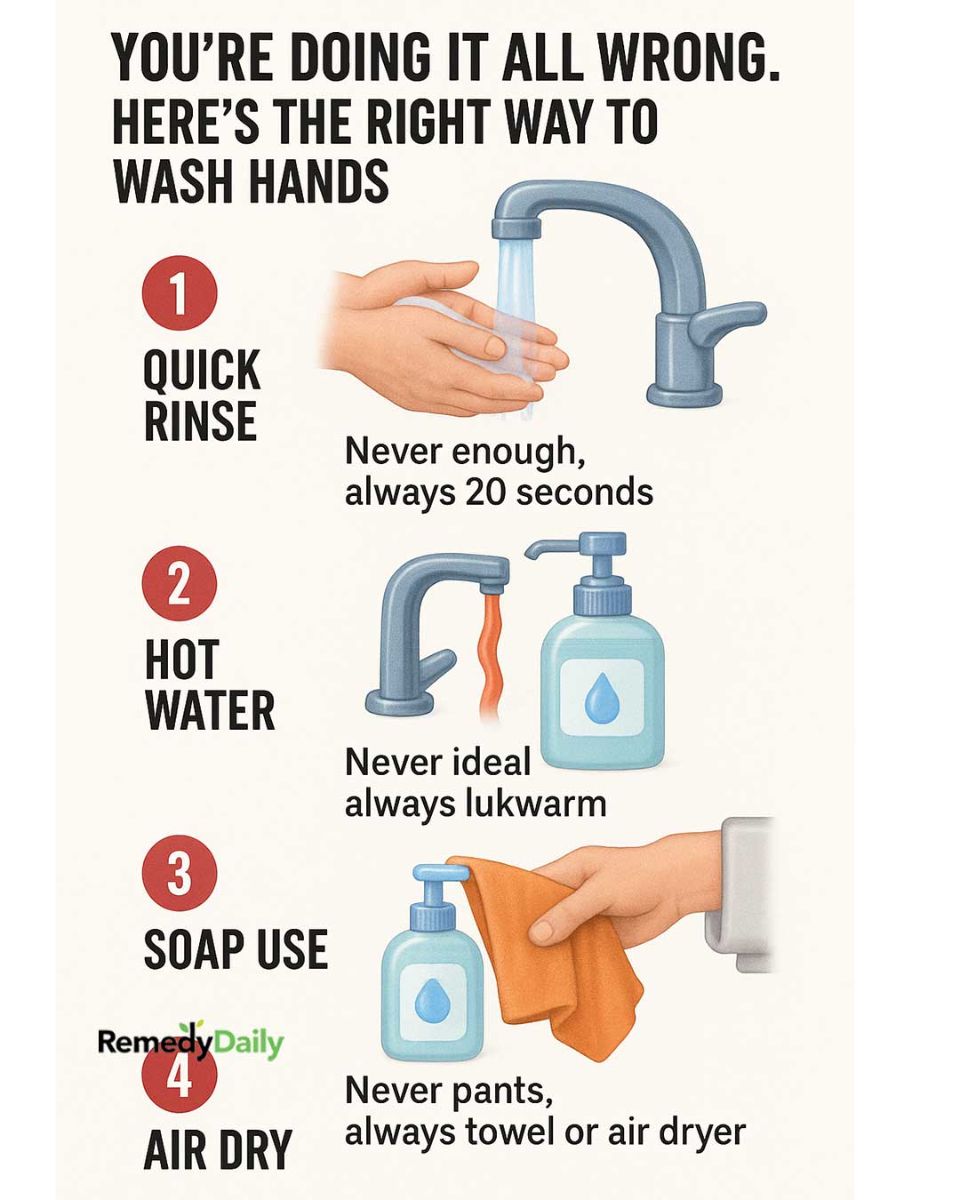In today’s world, the simple act of washing your hands has become a crucial part of maintaining personal and public health. Yet, despite its importance, many of us are still getting it wrong. Whether it’s rushing the process or skipping steps, improper hand washing can lead to the spread of germs and illness.
Understanding the right way to wash your hands isn’t just about being clean; it’s about protecting yourself and others. In this article, we will explore the correct techniques and practices for hand washing that can make a significant difference in your health and well-being.
1. The Importance of Proper Hand Washing
Hand washing is one of the most effective ways to prevent the spread of infectious diseases. According to the Centers for Disease Control and Prevention (CDC), proper hand hygiene can reduce respiratory illnesses, like colds, in the general population by 16-21%.
By washing your hands properly, you can significantly decrease the risk of spreading pathogens such as bacteria and viruses. This is particularly important in public settings, healthcare environments, and at home, especially after using the restroom, before eating, and when caring for someone who is sick.
2. Quick Rinse: Never Enough, Always 20 Seconds
A quick rinse under water is insufficient to remove germs. The CDC recommends scrubbing your hands for at least 20 seconds. This duration is enough to effectively remove most of the harmful pathogens that you might have come into contact with.
To ensure you’re washing long enough, try humming the ‘Happy Birthday’ song twice while scrubbing. This simple tip can help you hit the 20-second mark without having to watch a clock.
3. The Ideal Water Temperature: Never Hot, Always Lukewarm
Contrary to popular belief, hot water is not necessary for effective hand washing. In fact, using hot water can irritate the skin, leading to dryness and cracking, which can make it easier for germs to enter the body.
Lukewarm water is ideal for hand washing because it is comfortable and encourages thoroughness. The temperature should be just right to help the soap lather well and rinse off easily, without causing irritation.
4. The Role of Soap: Never Once a Day, Always Before Meals
Soap plays a crucial role in hand washing by breaking down oils and dirt on the skin, making it easier to rinse away germs. It is essential to use soap every time you wash your hands, particularly before meals, after using the restroom, and after coughing or sneezing.
Using soap more than once a day is necessary because germs accumulate on your hands through various activities. Keep a bar or bottle of soap in places where hand washing is frequent, such as the kitchen and bathroom.
5. The Correct Technique: Scrubbing Every Nook and Cranny
Effective hand washing involves more than just rubbing your palms together. Be sure to scrub the back of your hands, between your fingers, and under your nails. Pay special attention to the thumbs, as these are often missed.
Using a circular motion, gently clean every part of your hands. This ensures that soap reaches all areas, removing as many germs as possible in the process.
6. Nail Care: Don’t Forget Underneath
Germs can easily hide under fingernails, making them a hot spot for bacteria and viruses. When washing your hands, take a moment to clean under your nails.
Using a nail brush can be effective in dislodging dirt and germs from underneath your nails. If a brush isn’t available, use the fingertips of one hand to scrub under the nails of the other hand.
Next Page
